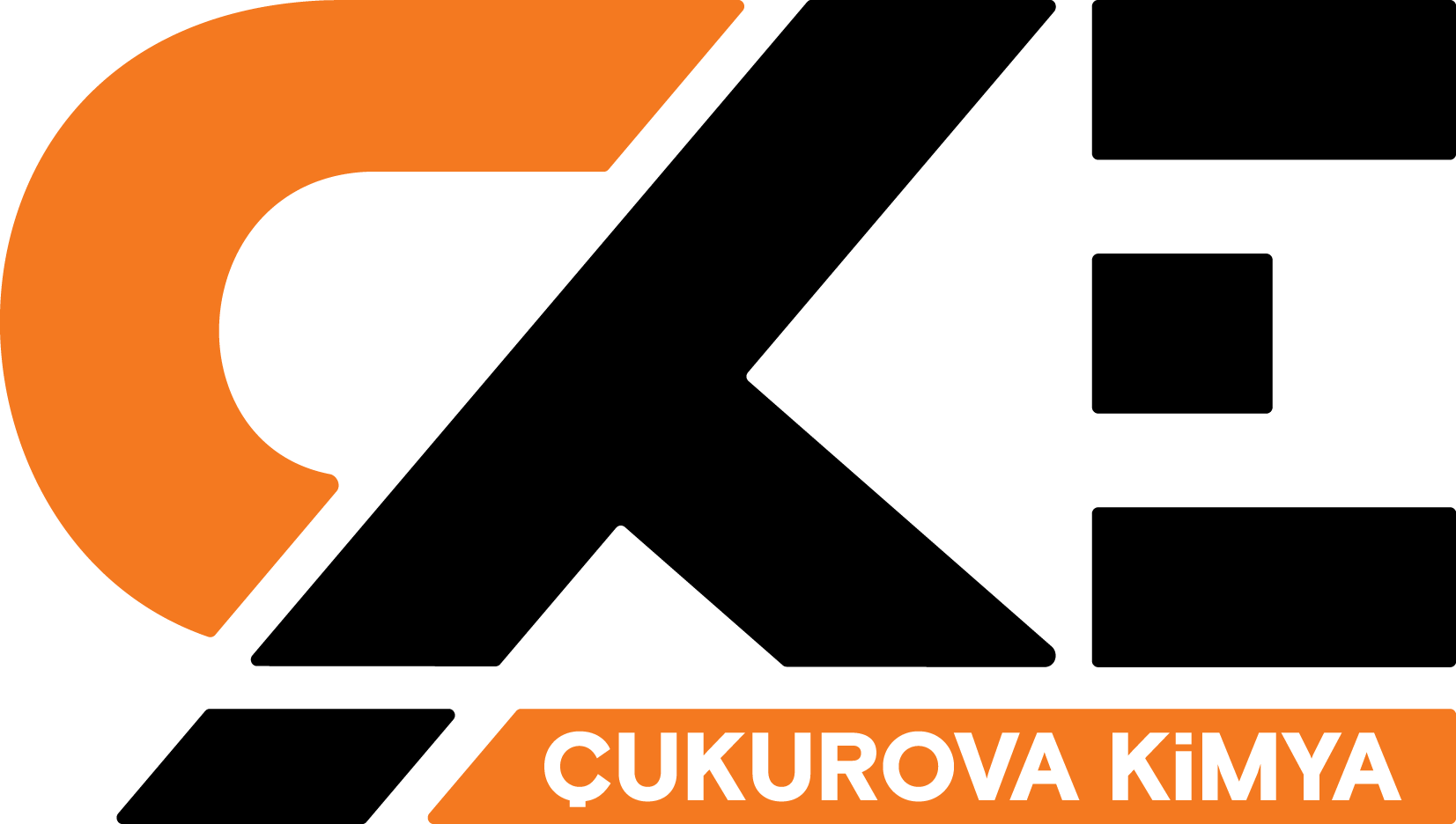Materials with an operating temperature above 1000 ºC are called refractory. Refractory products are classified according to their chemical properties and whether they are (un)formed. There is a wide variety of refractory products with chemical compounds such as alumina, silicates, dolomite, MgO-C, forsterite.
Bitumen is used in traditional applications in the production of refractory bricks. The usage of resins containing phenolics and furfuryl alcohol has increased with the developing technologies.
The ability to form "carbon bonds" which is one of the most important features of phenolic resins, and providing a cleaner alternative to traditional binders, have made resin the preferred binder in the refractory industry. Mechanical softening occurs by tempering the bricks produced with bitumen. The use of phenolic resins which provide high char yield eliminates this disadvantage at the end of tempering process. The advantage of mixing phenolic resins with the blend at room temperature reduces the costs of the process.
 Product Advantages
Product Advantages
- High wetting properties
- The controlled reaction of blend
- High green strength
- High char yield
- Environmentally friendly formulation
- Cost-efficient production
- Low curing temperature and dimensional stability
In refractory brick production, powder novolac resin's containing hexamine and liquid resin's containing solvents are used. The phenolic resin is chosen according to the brick type and production process. As an example, the production efficiency of MgO-C brick is increased by the use of novolac resins. The blend contains refractory raw materials (MgO, CaO, Al₂O₃, SiO₂) and additives (carbon black, graphite, metal powders) and phenolic resin. Phenolic resins have excellent compatibility with many refractory raw materials.
In the blend, the materials with large particle sizes are wetted and mixed with finer powder materials. Considering the brick strength performance, the blend structure gains importance in forming the bricks under pressure. Microcracks that will be occured by gas and water vapor that will be released during the forming and tempering of the brick cause corrosion to start from these points during use; bricks can greatly reduce their service life. This kind of defect can be avoided by a suitable resin choice for the process.

